- the article discusses a system to compute shader rasterize large point cloud datasets at interactive rates
- the detailed blog presents how they solved problems along the whole pipeline
- covering point reordering, point rejection and hole filling, level of detail selection and calculation, as well as memory usage optimizations
- additionally presents how the data is expressed and used from the Unity implementation
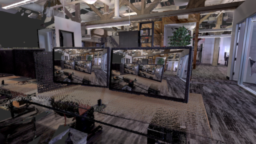
- the article gives some advice on how to get started with graphics programming
- discusses the complexity of different graphics APIs
- additionally provides a list of tutorials/blogs and courses that provide a good starting point

- a start of a collection of books and resources for (graphics) engine programmers that I recommend
- covering mathematics, engine architecture, graphics programming, collision detection, software design, as well as knowledge organization
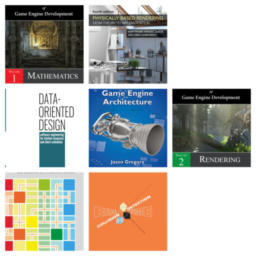
- the article presents Phi and the Golden Angle
- shows how to use these numbers for a point distribution in a rectangle as well as a disk
- provides a shader toy example to present the effect when using blur kernels
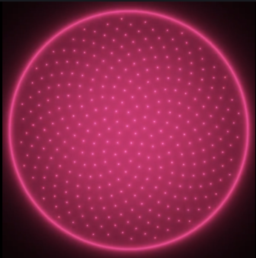
Studio Elevation are re-establishing the boundaries of VR. We’re looking for a talented Principal Graphics Programmer to help us explore, create, and deliver world-leading innovation in software and VR hardware. Become a key member of Elevation, pioneering AAA, remote first process and crafting a new generation of VR development to bring core VR games to fruition.

- the article provides a visual explanation of what an optimal transport problem is
- presents how the problem can be solved a lot simpler in 1D
- extends on this insight to present how a multi-dimensional problem can be sliced and approximated in multiple 1D steps
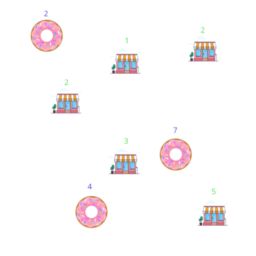
- the article describes the concept of render-bundles and how they can be used to reduce CPU overhead
- presents what changes are backed into the bundle and how updating referenced resources enables flexibility beyond static scenes
- code examples and internals are discussed in WebGPU terms but apply to other APIs as well
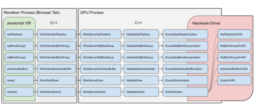
- The author updated his library for spherical harmonics and zonal harmonics
- added GLSL shader variation and shader toy
- additionally, the update fixed several bugs and made improvements
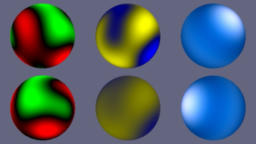
- the article presents a look into the internals of the gfx-rs wgpu implementation
- demonstrates the limitations of the implementation in terms of multithreaded uses
- shows what changes were made to reduce lock-contention and how the implementation might change in the future further
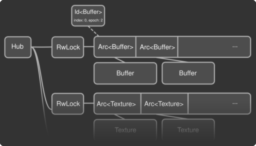
- short blog post lists a couple of tricks to use when writing shaders for higher performance
- additionally provides a small trick on how to reuse data between iterations when using shaderToy
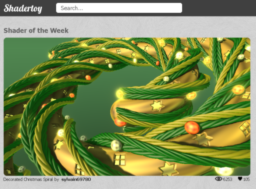
- the blog post shows how to use Nvidia-specific intrinsics with D3D11 and D3D12
- how to use them from shaders and how to verify that the hardware supports it

Thanks to Denis Gladkiy for support of this series.
Would you like to see your name here too? Become a Patreon of this series.